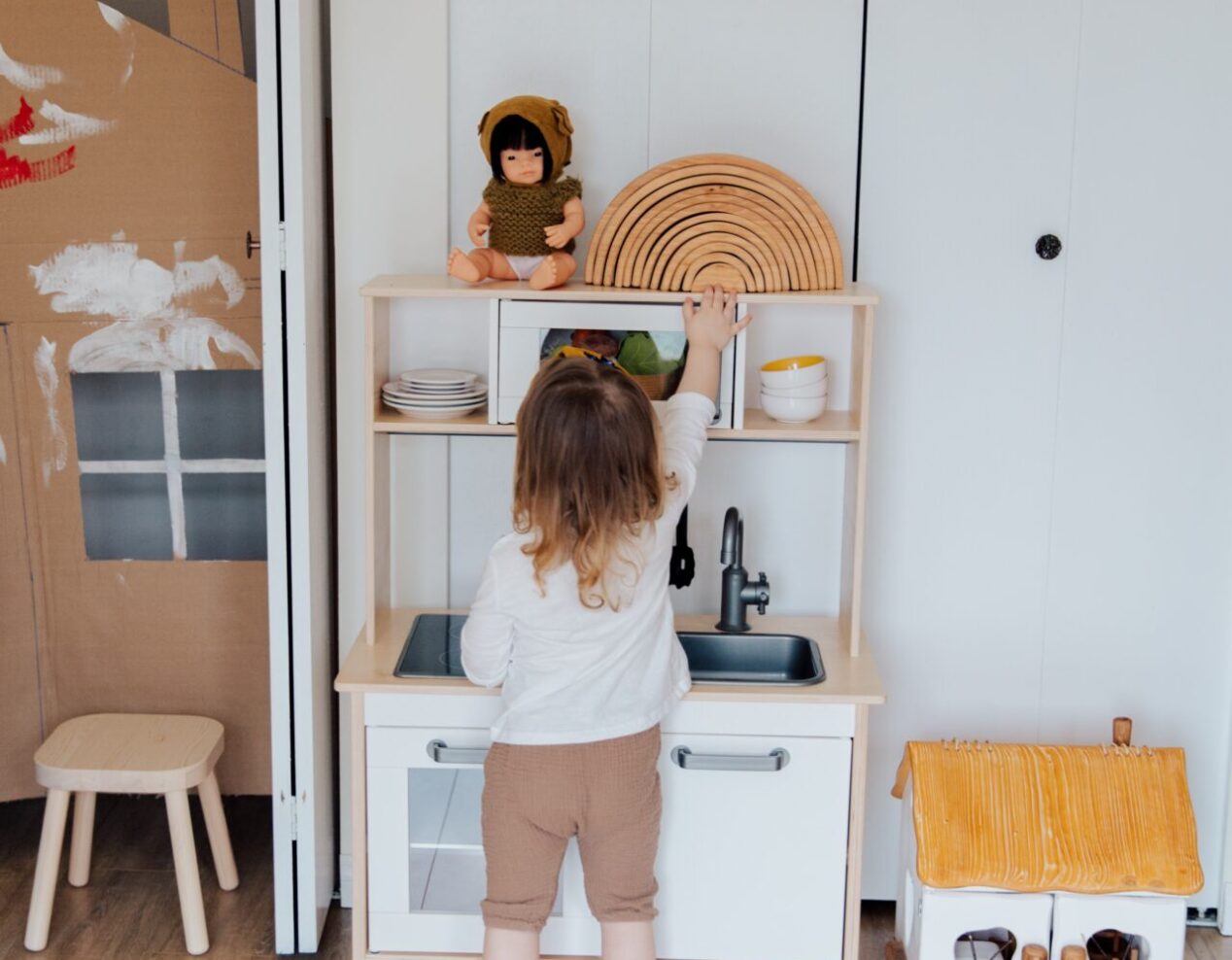Emotions are allowed—assuring our children it’s acceptable to express sadness

It’s a scenario most are familiar with: a toddler weeping because their strawberries are presented in a cup instead of a dish, or a tiny scrape from playtime in the park results in a flood of tears. The knee-jerk reaction is often to reassure them, “don’t cry, everything’s fine.”
Babies and toddlers crying is an undeniable part of life. The triggers for their tears evolve as they age, and how adults react adjusts accordingly. Infants often receive more understanding (despite colicky babies testing the most patient among us), as it’s recognized that tears are one of their limited communication tools.
However, as children learn to walk, talk, listen, and follow basic instructions, adults can become less tolerant of crying. Parents naturally aim to equip their children for life outside the family environment, and occasionally may interpret expressing negative emotions as a sign of frailty.
Crying can serve as an emotional outlet. While sadness is an obvious catalyst for a toddler’s tears, they may also cry when faced with something novel, puzzling, surprising, or challenging.
Consider the following strategies to assist your toddler in managing their intense emotions without suppressing their tears:
Affirm and sympathize
A straightforward approach is to acknowledge their distress: “It’s clear you’re upset” or “This appears really challenging, and it’s understandable why.” Such responses may offer comfort and demonstrate your concern. At this stage, a toddler’s tears have a cause, even if it might seem trivial to an adult.
Recognize
Pay attention to your own emotions when your toddler starts crying. Adults might request their toddlers to stop crying out of frustration or when they’re short on time or patience. Observing personal reactions can provide valuable insight into our empathy levels.
Pay attention
Finding the patience to actively listen while a toddler struggles to express their feelings during a difficult moment can be a challenge. However, even with a limited vocabulary, they aim to communicate their emotions. Some of it may be verbal, while body language and other cues can also provide insights.
Revisit
With their memory gradually improving, revisiting a difficult episode a day later when the toddler is in a more serene state could be helpful: “Do you recall being so upset yesterday?”



